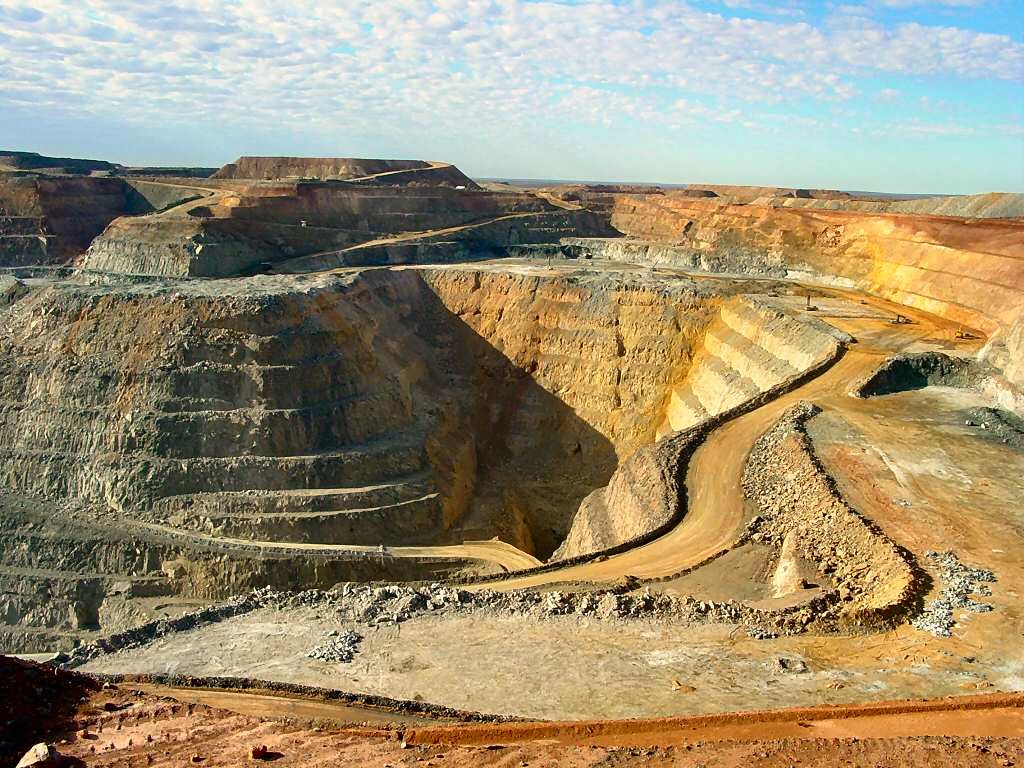When sirens begin to wail in Tel Aviv or lights flicker in Tehran, it isn’t a headline—it’s a heartbeat skipping. It’s a family running. It’s a child ducking under a table. In the wake of Iran’s missile barrage and Israel’s powerful retaliation, tens of millions of civilians now live in the tension between panic and perseverance. Missile threat strikes have devastated civilian life in Israel and Iran. This in-depth report reveals the human stories behind the sirens, shelters, and shattered homes.
This is not just a clash of governments or a contest of arsenals. This is a human story—of fear, resilience, loss, and quiet survival. In the 2025 escalation, the most brutal truth is that the average person pays the highest price.
Missile Threat in Israel: Running from the Sky
In cities like Tel Aviv, Haifa, and Ashdod, life now unfolds in intervals: the seconds between the sound of sirens and the impact of a missile. Israel’s missile defense systems—Iron Dome, David’s Sling, and Arrow-3—intercepted the majority of Iran’s over 100 incoming missiles, but not all.
- At least 24 civilians have been confirmed dead, including schoolchildren, the elderly, and foreign workers.
- Over 350 people have been hospitalized. Many bear life-changing injuries—shrapnel wounds, burns, amputations.
- More than 7,000 residents have been displaced from their homes due to structural collapse or safety concerns.
- Critical infrastructure like power grids, bus terminals, and medical centers in Bat Yam and Haifa faced temporary shutdowns.
In one harrowing scene, a father shielded his two sons in a stairwell as glass and debris rained down from a Haifa apartment tower. Emergency services found them alive—but shaken beyond words.
“You hear the siren, and you don’t think. You run. You carry your baby, your phone, maybe a bottle of water,” said Dalia G., a teacher in Tel Aviv. “Then you wait in silence, hoping it’s not your street this time.”
Beyond the physical destruction is the emotional devastation. Schools have transitioned to remote learning. Weddings and funerals are postponed. People sleep in stairwells, fully clothed, with shoes on—ready to run again.
But amid the chaos, Israeli communities shine with solidarity. Restaurants deliver free meals to shelters. Teenagers distribute blankets and baby formula. Volunteer psychologists host group therapy in underground bunkers. Urban resilience has become a way of life.
Missile Threat in Iran: Fear Beneath the Surface
In Tehran, Isfahan, Kermanshah, and Bushehr, Israel’s precision strikes targeted oil facilities, IRGC military hubs, and infrastructure—but civilians bore the fallout. Though state media downplays the damage, credible reports from humanitarian organizations and underground journalists reveal a mounting crisis.
- Over 224 civilians and military personnel were killed, many of them near IRGC sites that were embedded in residential areas.
- Dozens of apartment complexes were damaged or destroyed, leaving thousands homeless.
- Fires at the South Pars gas facility burned for over 30 hours, releasing toxic smoke and prompting mass evacuations.
- Power outages paralyzing emergency rooms in Esfahan, forcing doctors to work by flashlight and oxygen tanks with hand pump.
Also, one of the most devastating images circulating online shows a young girl in pajamas clinging to her doll, her home in Bushehr collapsed behind her.
“We were told the IRGC kept equipment under our building. We had no idea,” said one man interviewed anonymously on Telegram. “I lost my brother. I don’t care about politics—I just want water and safety.”
With internet access throttled and press censored, many Iranians turn to VPNs and anonymous blogs to tell their stories. Underground aid networks are springing up. Food and water are distributing by mosques and youth groups. Some citizens even help medics navigate rubble using GPS apps.
But the toll on the Iranian psyche is heavy. Fear and fatigue hang over cities like a second layer of smog. Parents hesitate to send children to school. Nighttime is dread, not restful. Yet just like in Israel, courage quietly persists.
A Shared Human Struggle
Though divided by politics and borders, the people of Israel and Iran now share an identical rhythm of crisis: the urgency of a siren, the hope of survival, the pain of loss.
Also, non-governmental organizations across Europe and Asia are now organizing humanitarian relief drives for civilians on both ends. Even in the darkest hour, humanity threads its way through the conflict.
Peace activists from both nations, speaking through encrypted apps and anonymous publications, remind us that civilians are never the enemy—only the ones who suffer the consequences.
“A missile doesn’t know your religion. It doesn’t care who you vote for. But your neighbor does,” wrote a joint Israeli-Iranian online collective.





